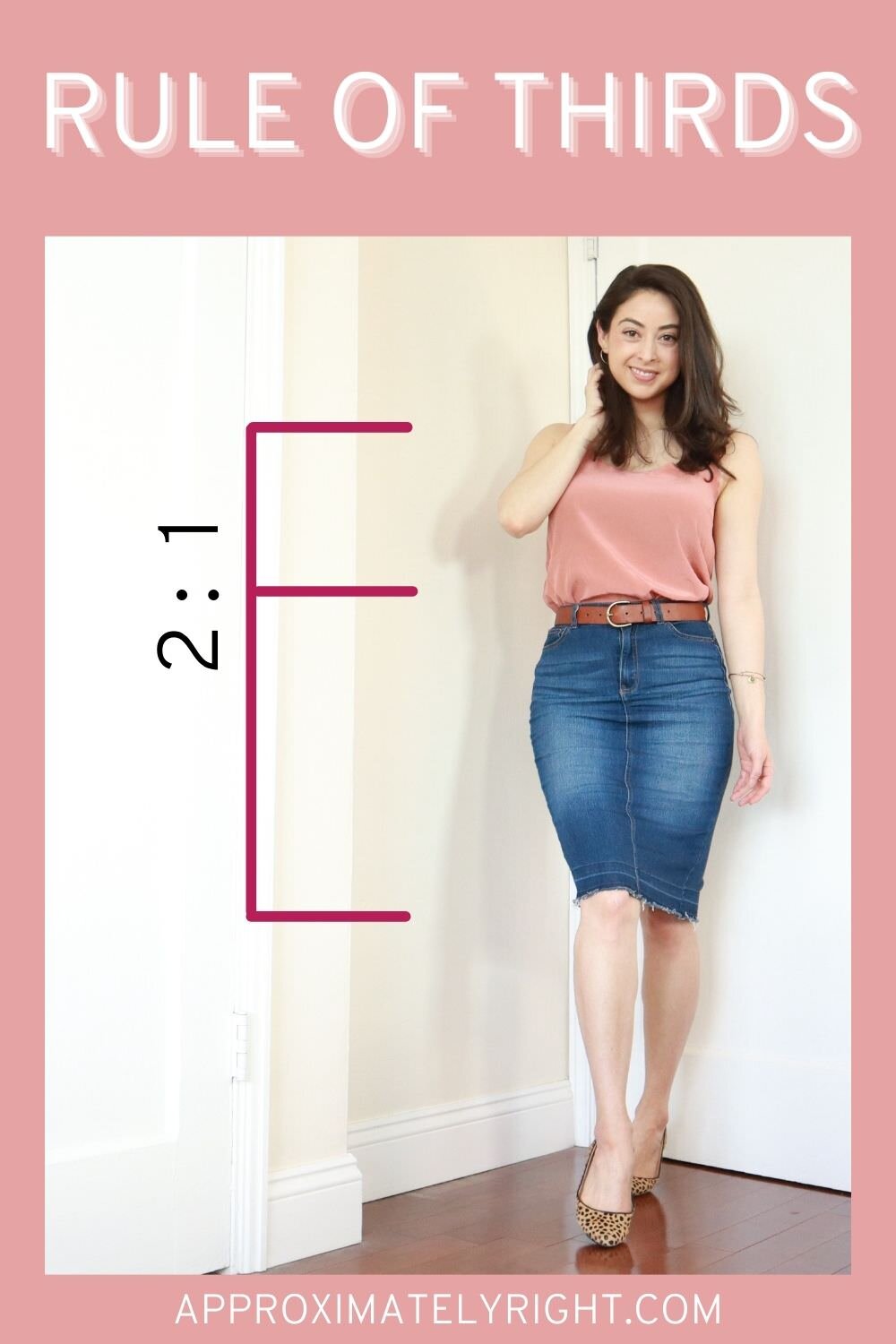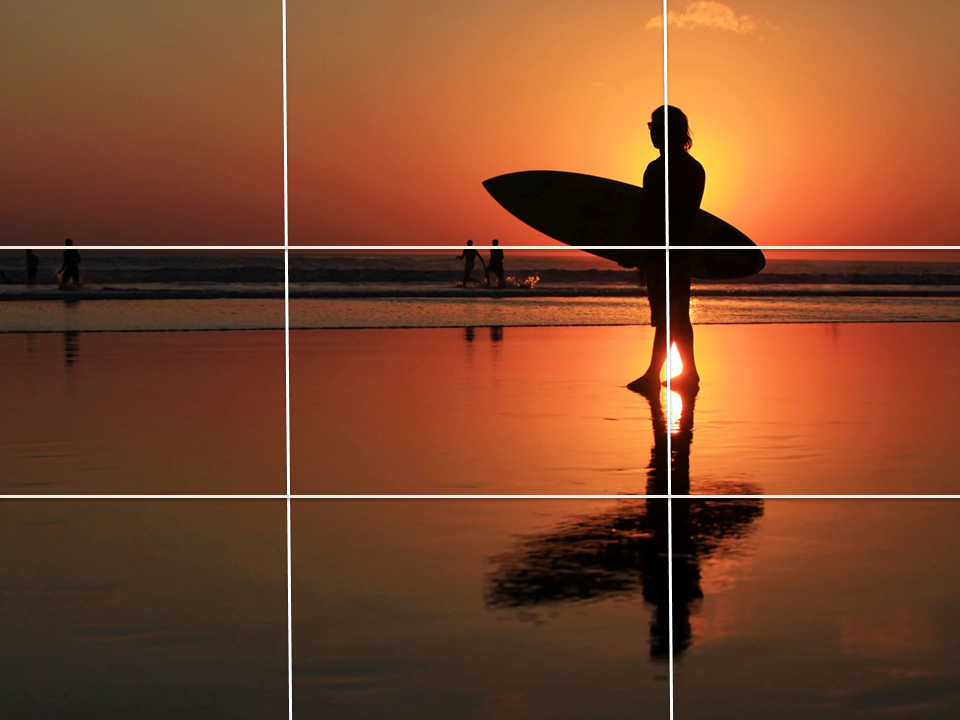Table Of Content

Since those intersections are key focal points, this creates a better sense of eye contact and engagement than placing them dead-center. By following this rule, your designs will draw your reader’s eyes to the most critical parts of your image, elevating the overall aesthetic of your content. This Netherlands museum website uses the rule of thirds to draw attention to the photo of the woman, located in the left-thirds section.
The rule of thirds in landscapes

Even then, we are subject to existing objects unless we pay for or create our own props and sets. When it comes to breaking the rule of thirds, it's important to do so with intention and purpose. Simply placing the subject randomly within the frame can create a sense of chaos and confusion, rather than visual interest. By understanding the principles of composition and using them creatively, designers can create visually stunning and impactful designs. When it comes to photography, the rule of thirds is often used to create a balanced and visually appealing composition. However, breaking this rule can lead to even more impactful and memorable images.
Learn with CareerFoundry
Follow the visual guidance of the rule of thirds to create dynamic designs that direct the viewer’s attention to key elements. In design, the rule of thirds helps to arrange elements within a composition in a more harmonious, balanced, and aesthetically pleasing way. By creating two horizontal and two vertical lines across your design at equal distance, you get a grid of nine identical boxes.
Step 2: Choose a Template or Custom Size
The rule of thirds is mostly known as a tool for composing landscapes. In this painting by Pierre Henri de Valenciennes, the horizon is placed in the lower thirds, and the large mass of mountains and scenery is placed in the left section, to create a more dynamic scene. Poor implementation, such as haphazardly placing elements on the grid without considering balance and proportion, can lead to a messy or confusing design.

This is why we anchor a frame higher than we normally would think, so our eyes are able to gaze into the center of the art, and raise our eyes off of the floor. The art plays to the room's height, giving it a sense of balance. If you want to make use of the rule of thirds effectively in all your designs, use the grid to guide you and arrange your composition around the grid lines. Develop an eye for this design principle by overlaying your designs a few times until you feel comfortable just imagining it. Create more tension and energy by placing key text and other design elements along the lines of the four intersections. Keep the Western reading pattern or diagonal scan in mind when you lay out your design.
The Rule of Thirds is often hailed as the go-to principle for creating balanced and engaging visuals. But like all rules in design, it’s important to understand when to employ it and when it’s not the right technique. Let’s walk through a few guiding principles for knowing when to use the Rule of Thirds.
How To Make An invoice: A Step-by-Step Guide For New Entrepreneurs
While the rule of thirds works well for some photographs, it is not the only way to capture a good image. Indeed, any type of composition can be beautiful, and you will miss many opportunities if you never go beyond the rule of thirds. In some cases, and especially with simple compositions, the rule of thirds gets pretty close to that ideal. One of the most popular ways to compose your photographs is to use the “Rule of Thirds”. Although this compositional rule is frequently used by photographers, not everyone understands exactly what it is or when it works. This article introduces the rule of thirds and explains when to use it for composition (or not).
Its roots stretch back to the 18th century, credited to John Thomas Smith, an English painter who referenced it in his book Remarks on Rural Scenery. Next, choose the color of the grid lines, along with the solid line. Then, change "Gridline Every" to "100 Percent", with Subdivisions of "3".
The rule is used to place the important elements along these lines or their intersections. John Thomas Smith, an 18th-century painter, and writer, first used the term “rule of thirds” in 1797 in his book Remarks on Rural Scenery. Smith acknowledged the power of this grid technique to maximize the effect on the viewer’s eye. The Golden Ratio, often represented by the mathematical constant phi (φ ≈ 1.618), defines a proportional split of roughly 38% and 62%. When applied to UX/UI design, the Golden Ratio helps create aesthetically pleasing compositions by dividing elements in a way that maintains a consistent ratio.
Robot Photographer Programmed to Obey the Rule of Thirds - PetaPixel
Robot Photographer Programmed to Obey the Rule of Thirds.
Posted: Fri, 08 Jul 2011 07:00:00 GMT [source]
Try placing the subject at one end of the grid and leaving space for their destination at the other. If you have more than one subject, try to position them all so that they’re near an intersection on the rule of thirds grid. This deliberate use of negative space not only enhances the overall aesthetic appeal, but also adds a sense of tranquility and visual balance to your design. By carefully considering and strategically placing empty areas, you can further emphasize your focal points and create a harmonious composition. The rule of thirds continues to be a guiding light, helping you create images that engage and captivate your audience.
Our eyes then travel back to the left, slightly lower towards the middle of the page. Some of them are understanding the exposure triangle, playing with perspectives, and the rule of thirds. When users land on a web page, their eye goes in a particular pattern. Scientists conducted eye-tracking studies to figure out how we view webpages, and most people look in a Z pattern, running our view across the top first and thin zig-zagging down.
This helps to align text, position photos, and place other design elements. It is a principle of composition guiding artists to construct and design their paintings. In Simplified terms, it is a rough guide or rule to help you compose an image while also drawing attention to a subject’s focal point or chief point of interest. You can visualize this by dividing the painting through two horizontal lines and two vertical lines equally spaced apart on the canvas. While the rule of thirds is a valuable guideline, it’s important to recognize that it’s not a strict rule but rather a flexible tool that can be adjusted and interpreted based on artistic intent and context.
The rule of thirds in graphic design is like dividing a page into tic-tac-toe (naughts and crosses) board. Imagine that your canvas is divided into nine equal parts with two horizontal lines and two vertical lines. Take the below image as an example; these lines help align and position graphic elements like the apple, and arrange your design so that it is easier for people to perceive. Each of these sweet spots can be used in your graphic design work, but limiting the use of them is how you strengthen the tension of a piece. The area surrounding the key elements works to create more focus.
There are a few simple steps to using the rule of thirds in your designs. It's important to note — in design and art, there are no strict rules you need to follow, and there are exceptions to every design rule or trend. Let's dive into how you can create the rule of thirds grid in Photoshop in four quick steps, next. The Rule of Thirds provides a sturdy foundation for designs to shine across varying screen sizes. By dividing the screen into thirds, you can easily adapt your layout for different screen sizes and orientations, ensuring your interface performs at a high quality across devices. The Rule of Thirds also complements the natural way users scan and perceive information.

No comments:
Post a Comment